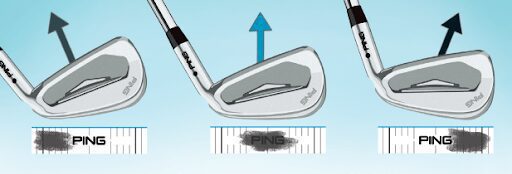When delivering a custom fitting there are certain requirements that we have to set to achieve accurate results. The fitter will test the Length, Lie, and Loft. The reason for testing these factors is to ensure that the custom fitting session is done precisely.
The Length and Lie of a golf club are very important factors when diving into club fitting, these two factors must be approached properly. Before we start the fitting process the fitter will measure the customer’s clubs on our digital Lie and Loft machine, this is one of the best machines in the UK to measure Lie and Loft specifications. From the measurements that are displayed, it gives us an understanding of what the customer is currently gaming.
What Is Lie Angle & How to change It effectively?
When carrying out the process of testing the Length of the club, we must take measurements accurately as the length of the club can have a massive influence on ball flight characteristics. When testing the length you should look for a centred strike. If the ball marks are situated on the heel this is where the fitter might look to shorten the length of the club accordingly to how far off their strike is from the centre. Alternatively, if the strike is showing on the toe the fitter might look lengthen the club to find a central strike. When the Length of the club is fitted correctly you would see a drastic change to the ball flight characteristics. It is important that we can fit the golfer for the longest length shaft that they can hit consistently, this ensures that they can maximize their distance. The length of the club can have a big impact on clubhead speed, the longer the shaft the faster you can swing it. The Length of the club is purposely measured before the Lie Angle as the length of the club can lead to changes in the lie angle. Every half an inch change in length correlates to a 1° change in Lie Angle.
When testing the Lie Angle the goal is to achieve a consistent launch direction and a central strike. If the lie angle is not correct for the player being fitted it would impact their ability to hit the shot they intend. A too upright lie will cause the ball to start left with a hooking action. The correct lie angle is where the club’s sole is central at impact, this will start the ball on the intended target line. Therefore, Flatter lie angles will cause the ball to start right with a slicing action.
Face Plane Tilt?
These changes in start direction are due to “face plane tilt” For example when the toe is up in the air the loft points to the left of the target. When there is more loft presented at impact this will viciously start the ball in a different direction. This is why it is uncommon to change the lie angle on wedges in fittings. Wedges are more universal in use, this see’s us change lie angle depending on what shots we may have to face on the course. If I wanted to change the lie angle on my wedges I could purposely move closer towards the ball and stand more upright.
How To Measure Lie Angle
We can measure the Lie Angle by using a strike board or Lie Angle face tape. These are both very effective ways of testing Lie Angle, I like to use the Lie Angle tape at the end of the session to demonstrate that the lines are perfectly vertical. This shows that any changes we have made to the club during the fitting are absolutely spot on because the lines are vertical on the tape. If the lie angle needed to be adjusted even more we can send the specs off to the manufactures and they would build it exactly to the correct specs. Once we receive the clubs we double check the lie angles on our digital lie and loft machine just to make sure the manufactures have not made any mistakes when in the building process.
So next time you pick your pals clubs up and hit them awful don’t be blaming the head or the shaft because it’s going bad, maybe ask them the specs of their clubs. Most certainly the length and the lie could be completely wrong for you. Also, it’s good to check every year to see if your current club’s loft and lies have changed, is that the reason why your ball flight has changed over the last year? If so bring your clubs in and one of our team will measure your clubs for you.
Sonny Williams
PGA Assistant Professional







